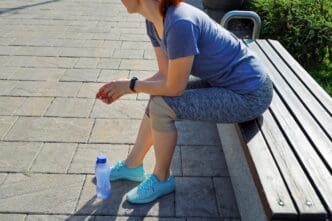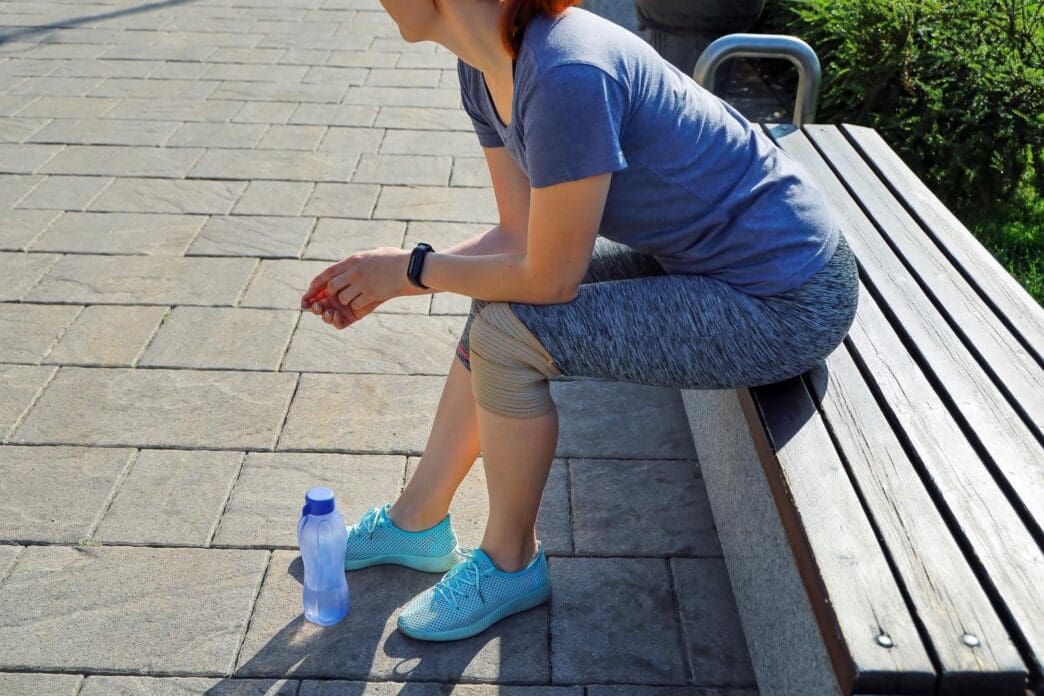A Quick Takeaway
The Story Behind the Trend
How to Make It Work for You
The Community View
Shin splints, medically known as medial tibial stress syndrome, are a common and often debilitating overuse injury that can sideline runners of all experience levels. This condition, characterized by pain along the inner or outer edge of the shin bone (tibia), typically arises when individuals increase their running mileage, intensity, or change their footwear or running surface too rapidly. While painful, shin splints are largely preventable through smart training strategies, appropriate gear, and targeted strengthening, allowing runners to stay on the road and continue pursuing their fitness goals without interruption.
Understanding Shin Splints
Shin splints refer to the inflammation of the muscles, tendons, and bone tissue surrounding the tibia. This inflammation is often a response to repetitive stress and micro-trauma, leading to discomfort that can range from a dull ache to sharp pain during or after exercise. There are primarily two types: medial tibial stress syndrome (MTSS), which affects the inner part of the shin, and anterior shin splints, which cause pain on the front or outer part.
The root causes are multifaceted, typically involving a combination of factors such as overuse, improper biomechanics (like overpronation), inadequate footwear support, running on hard or uneven surfaces, and weak or tight muscles in the lower legs, hips, or core. Understanding these underlying issues is the first step toward effective prevention and management.
Smart Training Principles for Prevention
Gradual Progression
One of the most critical principles for preventing shin splints is the gradual increase in training load. Adhering to the “10% rule” – never increasing your weekly mileage, intensity, or duration by more than 10% – allows your body adequate time to adapt to new demands. This slow and steady approach minimizes the risk of overloading the lower leg tissues.
Cross-Training
Incorporating low-impact cross-training activities into your routine is highly beneficial. Activities like swimming, cycling, or elliptical training can maintain cardiovascular fitness and strengthen supporting muscles without the repetitive impact stress associated with running. This provides active recovery and reduces the cumulative strain on your shins.
Rest and Recovery
Adequate rest days are just as important as the training itself. Giving your body sufficient time to recover and repair muscle tissues prevents the accumulation of micro-traumas that can lead to shin splints. Prioritizing quality sleep also plays a vital role in the body’s repair processes and overall recovery.
Footwear and Running Surfaces
Selecting Proper Footwear
Your running shoes are your primary defense against impact-related injuries. Investing in well-fitting running shoes that are appropriate for your foot type (e.g., pronation level) and running style is paramount. Visit a specialized running store where experts can analyze your gait and recommend the best shoes for you.
Regular Shoe Replacement
Running shoes lose their cushioning and support over time, typically after 300-500 miles, depending on the shoe and your running style. Running in worn-out shoes significantly increases the impact on your lower legs, making regular replacement a crucial preventive measure.
Varying Running Surfaces
Consistently running on hard surfaces like asphalt or concrete can exacerbate shin splints due to increased impact forces. Incorporating softer surfaces such as grass, dirt trails, or a track can reduce the stress on your shins. Varying your running routes and surfaces helps distribute the load more evenly across your lower body.
Strengthening and Flexibility
Targeted Muscle Strengthening
Weakness in the muscles surrounding the shin can contribute significantly to shin splints. Strengthening exercises for the calves (e.g., calf raises), tibialis anterior (e.g., toe raises, resistance band dorsiflexion), and intrinsic foot muscles (e.g., towel scrunches) are essential. Stronger muscles provide better support and absorb impact more effectively.
Hip and Glute Strength
The kinetic chain extends beyond the lower leg. Weak hips and glutes can lead to compensatory movements in the lower limbs, increasing stress on the shins. Exercises like glute bridges, clam shells, and single-leg squats help build a strong foundation, improving overall running stability and reducing injury risk.
Flexibility and Mobility
Tight muscles can alter running mechanics and increase strain. Regular stretching of the calves (gastrocnemius and soleus), hamstrings, and quadriceps is vital. Incorporating foam rolling for the calves, shins, and quads can also improve tissue mobility and reduce muscle tightness.
Optimizing Running Form
Subtle adjustments to your running form can significantly reduce the impact on your shins. Increasing your cadence (steps per minute) often leads to a shorter stride and a lighter midfoot landing directly beneath your center of gravity, rather than overstriding with a heel strike. Maintaining an upright posture with relaxed shoulders and a slight forward lean also promotes more efficient and less stressful running mechanics.
When to Seek Professional Help
While many cases of shin splints respond to self-care and preventive measures, it’s important to know when to seek professional medical advice. If your pain persists despite rest, worsens, or occurs even when you’re not running, or if you suspect a stress fracture, consult a physical therapist or a sports medicine doctor. They can provide an accurate diagnosis, rule out other conditions, and develop a personalized treatment and rehabilitation plan.
Preventing shin splints is about running smarter, not harder. By embracing gradual progression, cross-training, appropriate footwear, targeted strengthening, and mindful running form, you can significantly reduce your risk of this common running injury. Listen to your body, prioritize recovery, and make informed choices to ensure a long, healthy, and pain-free running journey.







